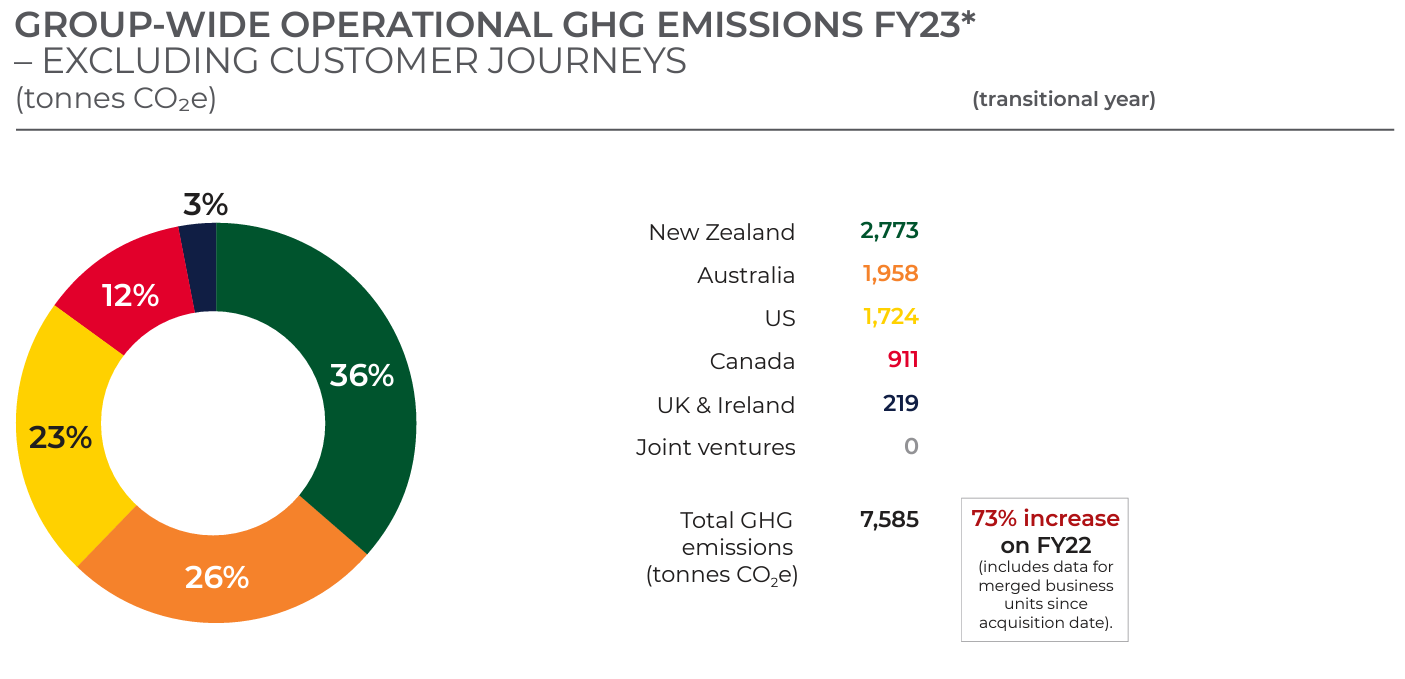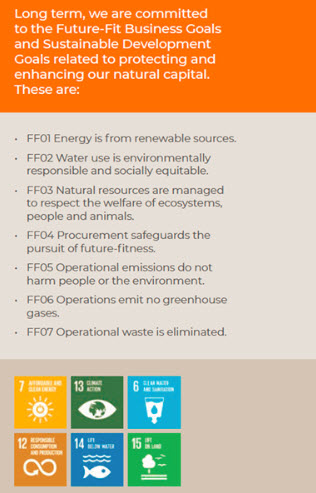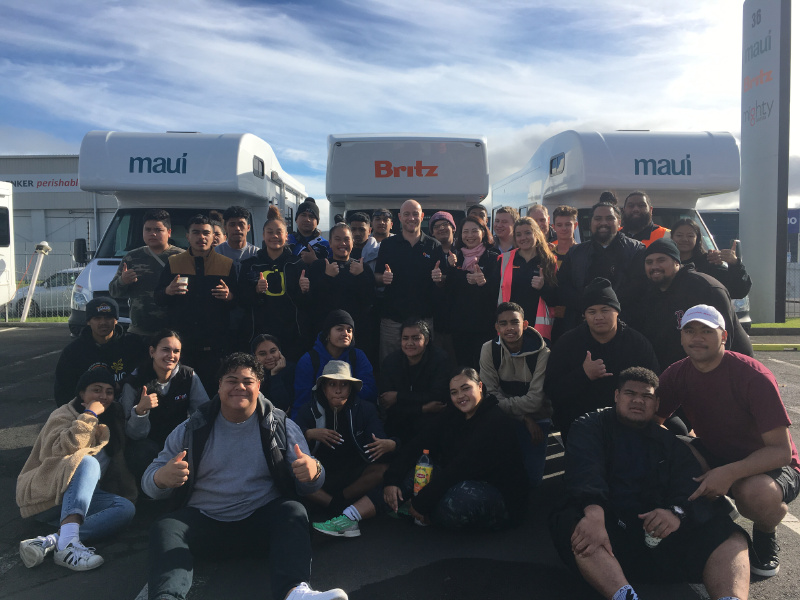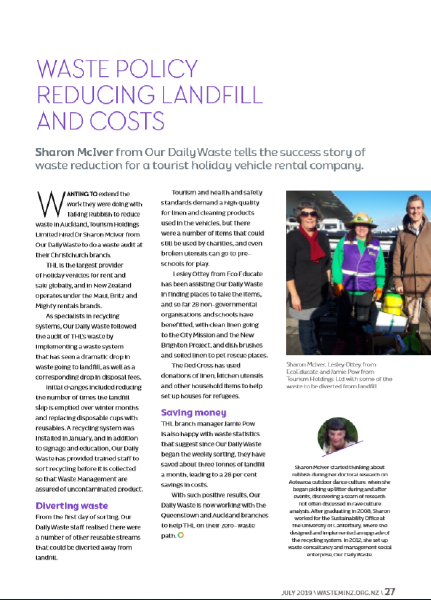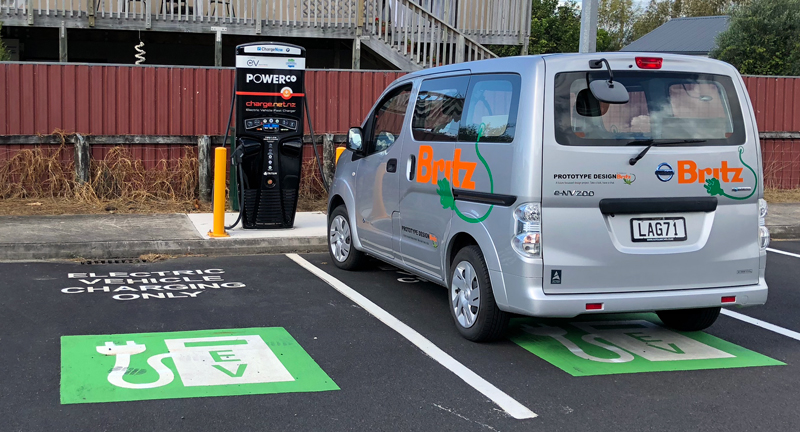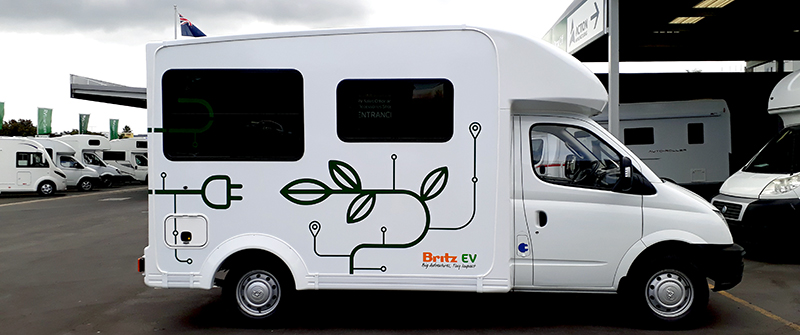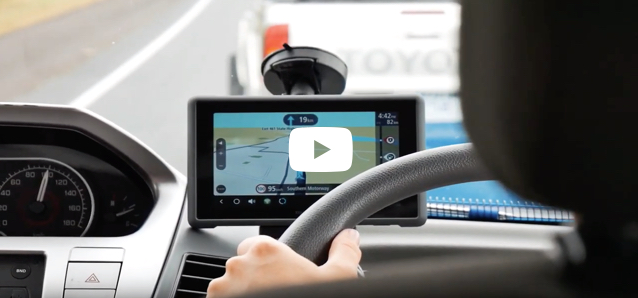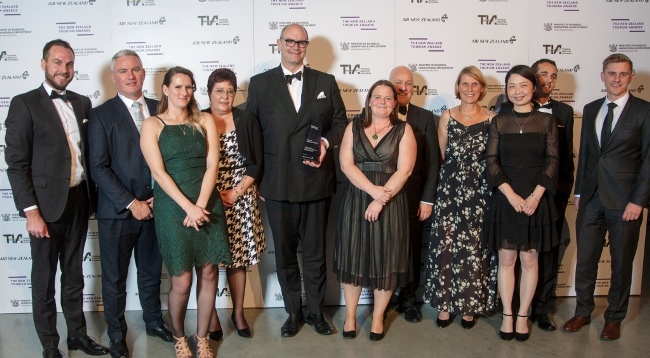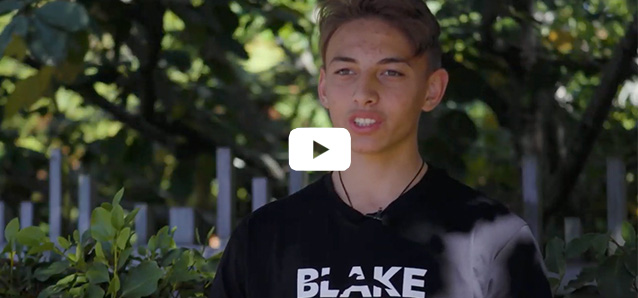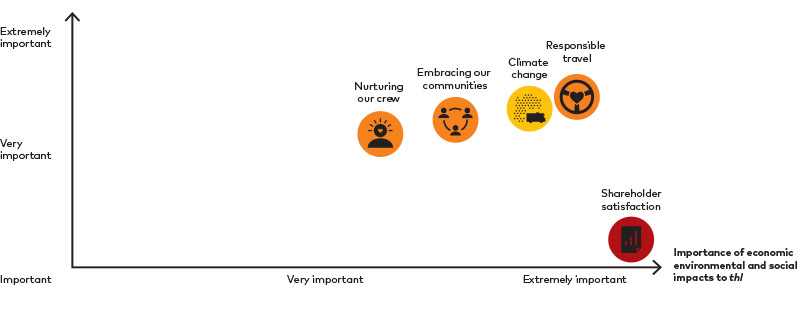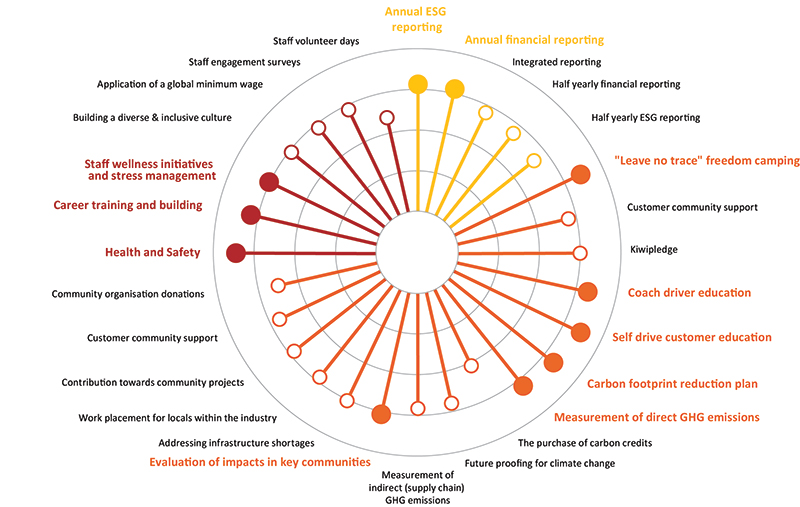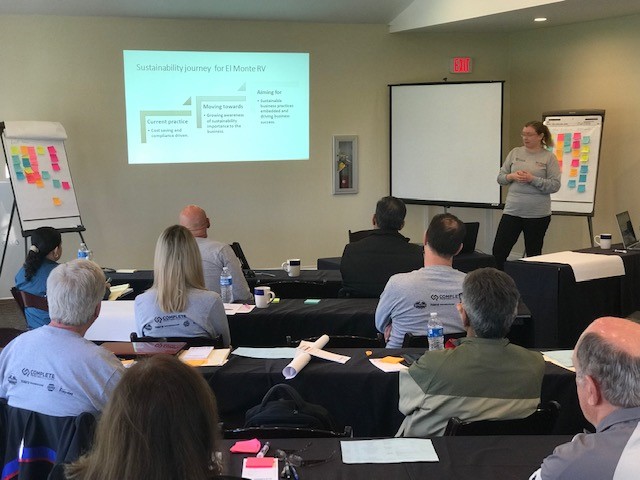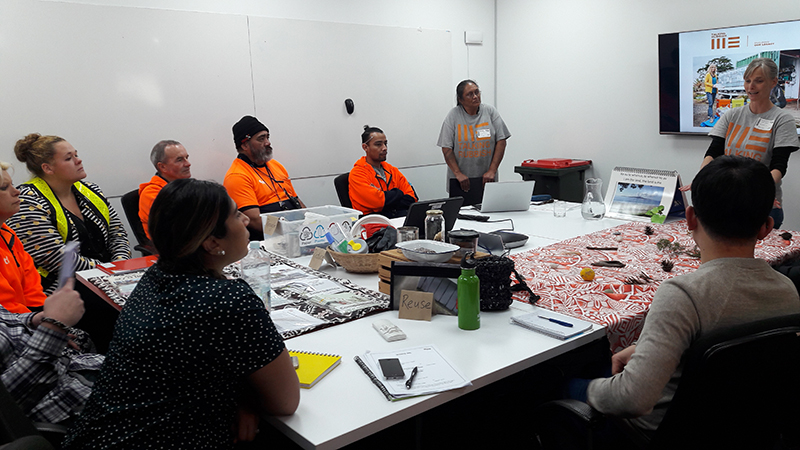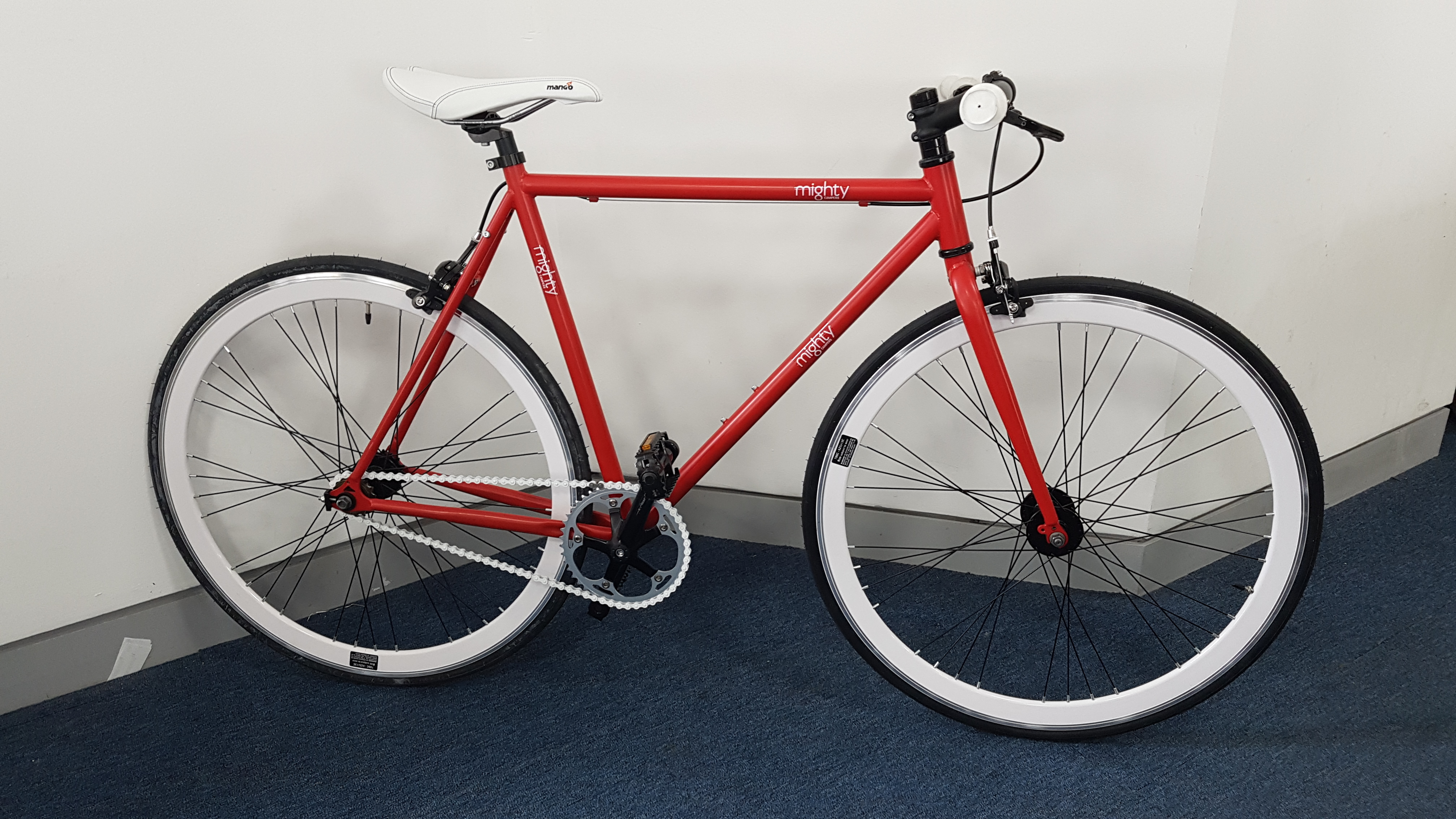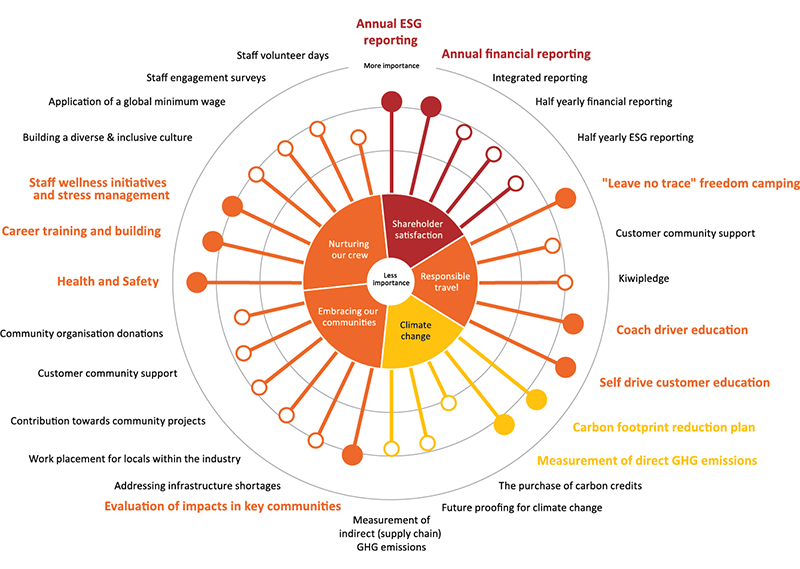Getting your Exec and Board along on your Future-Fit journey
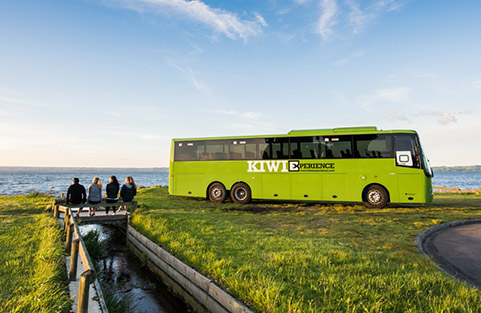
Like every great roadtrip, our thl Future-Fit roadtrip started with a good idea – and a challenge: how to encourage some travel buddies (our executive team and Board) along for the ride. Was Destination Future-Fit Business somewhere they wanted to visit? Would they sign up to the itinerary, research the trip, and commit to long days on the road?
As you’re reading this blog, the answers are obviously yes. So today we share our tips to encourage your leaders to sign up to your Future-Fit journey.
1. Listen (really listen!) to your leaders’ challenges and fears
Unsurprisingly, investment and operational concerns topped the list at thl. What impact would Future-Fit have on our share price? Why was the Future-Fit Business Benchmark any better than other ways of tackling sustainability, like ‘shared value’? How were our thl team going to find time to become Future-Fit in a business that’s busy 24/7/365?
2. Address those concerns
Sharing the Future-Fit methodology, which is grounded in systems thinking, was key to addressing the investment concerns. Our leaders quickly understood how strongly business, the environment and society depend on one another to thrive, and how the detailed Future-Fit tools would help thl step up to play our part.
Setting up a small Future-Fit Project Team to tackle the assessment stage of the project helped resolve our COO’s concerns. Involve your business colleagues in Future-Fit, don’t swamp them!
3. Find ‘quieter time’ in your leaders’ schedules to approach them
Gain your leaders’ attention outside busy operating and reporting periods. Signing up for Future-Fit is a big decision, so give them time to digest the materials on the Future-Fit site while you continue to show why they need to act.
4. Build your Future-Fit discussions into your wider ‘sustainability’ journey
Chances are you’re already doing some good work in the ‘sustainability’ area and talking about it regularly with your exec and Board. Continue those discussions by showing them how Future-Fit builds on what you’re doing, but also provides the step-change that’s needed: a clear direction with objective targets to head for.
5. Keep the end in mind
Use this mantra to guide all your conversations: We want to be a Future Fit Business that contributes to a Future-Fit Society: one that’s environmentally restorative, socially just, economically inclusive. It will help you talk to your leaders about every part of your Future-Fit roadtrip, including your scope, team engagement and resourcing.
6. Create a sense of urgency
The work of Professor Will Steffen (Emeritus Professor at Australian National University) is a good place to start. With 15 co-experts he paints a compelling picture of the huge risks we all face on ‘Hothouse Earth’ and shows why business needs to step up.
Then get your leaders to include Future-Fit in your planning cycle. At thl, Future-Fit is one of our business priorities for FY20 and features in all our business plans as a Key Performance Indicator (KPI).
7. Challenge your leaders (respectfully!) and get them comfortable with ambiguity
Your Exec and Board are busy people. They’re relying on you to help them understand Future-Fit and why it’s the step change needed in your sustainability strategy.
Like CFOs the world over, our thl CFO Jen Bunbury was looking for numbers before she gave the go-ahead to invest in Future-Fit. We’re one of the first businesses in the world to embark on this journey, so the numbers aren’t there. Instead, we focused on why we need to act urgently to create a Future-Fit Society, on the rigour of the Future-Fit methodology (which is based on 25+ years of research) and the suite of practical tools. Oh, and that Future-Fit’s open source. (Every CFO loves a freebie!)
8. Understand your ‘chain of influence’
At thl we knew our CEO Grant Webster was the key. So we worked with Grant, and helped him talk about Future-Fit with our Board Chair Rob Campbell (fortunately already a ‘sustainability’ champion). Once Rob understood the new focus, he worked with other board members to reach a common understanding of why thl needed to become a Future-Fit Business.
9. Use your reporting as a Future-Fit catalyst
At thl we started using integrated reporting last financial years. We knew what our Exec and Board wanted to report publicly each year: concrete progress to preserving our natural, social and human capitals and building our financial, intellectual and manufactured capitals. So we use Future-Fit to show them – and our investors – how we can do this successfully.
10. Bring in the experts
In New Zealand we’re fortunate to have Proxima, our country’s first Future-Fit Accredited Partner, just a short stroll up the road. So we asked the Proxima team to help our Exec understand the detail behind Future-Fit and the practical steps involved in rolling it out.
